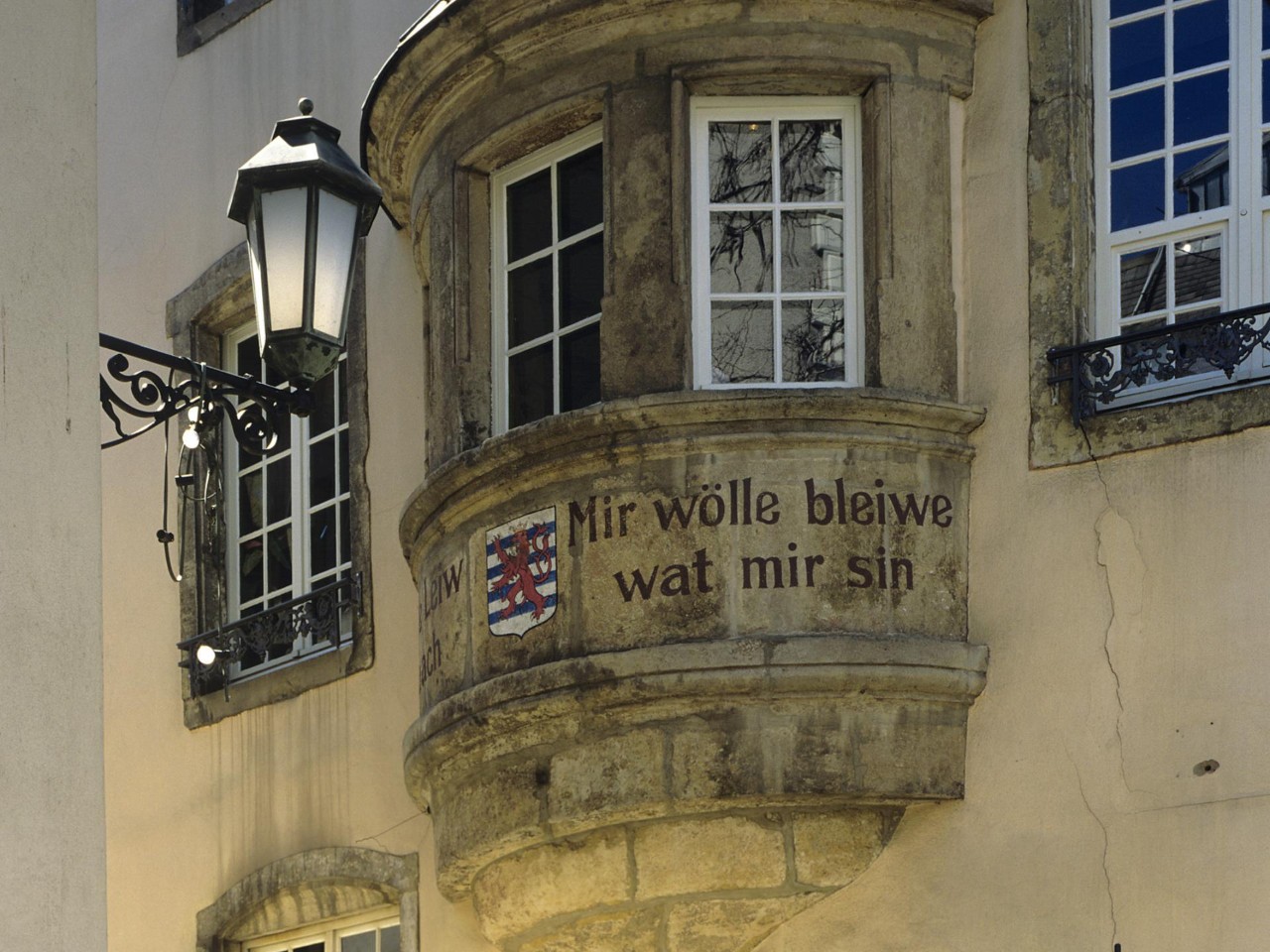A country's renaissance

The period from the 16th to the 19th centuries is often seen as an era of foreign dominion. In contrast, the 1815 Vienna Congress is seen as contemporary Luxembourg's date of birth. However, the Grand Duchy was far from being fully independent and it is only in 1890 that it started existing under its own authority.
A small Grand Duchy
The collapse of the Napoleonic Empire of 1815 meant that Europe's map was divided once again. With the aim of erecting a barrier against France, the great powers brought together at the Congress of Vienna decided to create a great kingdom of the Netherlands. It was established as a grand duchy and assigned to the king of the Netherlands, Wilhelm I of Orange-Nassau, who henceforth also bore the title of grand duke.
The elevation in rank did not stop the country from losing to Prussia a vast region situated to the east of the Moselle, the Sûre and the Our rivers. Luxembourg lost its regions in the Eifel, which are now known as the cities of Bitburg, Gerolstein and Daun.
About Prussia: The Congress of Vienna brought about an additional complication regarding the international status of the Grand Duchy. Indeed, Wilhelm I accepted that the Grand Duchy would become a member of the German Confederation, which consolidated 39 German states. However, Luxembourg's strength became a federal fortress maintained with German funds and home to a Prussian garrison.
Even though Luxembourg was independent on paper, Wilhelm I treated it as a Dutch province. While the Luxembourg people did not oppose this, the economic and in particular fiscal policies of the Dutch regime gave rise to a growing discontent among the population.
Long live the – Belgian – Revolution!
Therefore, it came as no surprise that the inhabitants of the Grand Duchy joined the Belgian insurgents when the Belgian Revolution broke out in 1830. Following Belgium’s declaration of independence on 4 October 1830, several Luxembourg representatives sat in the constituent assembly, and later in the institutions of the young Belgian state. Only the capital of the Grand Duchy remained under Dutch control, since it was protected by the Prussian garrison.
Keen to extinguish the revolutionary fire, the great powers decided to separate the Belgians and the Dutch by creating the Kingdom of Belgium, while dividing the Grand Duchy of Luxembourg between the two adversaries (Treaty of the Twenty-Four Articles dated 14 October 1831). The Belgian Parliament accepted, while Wilhelm I refused for eight years.
The Treaty of London of 28 April 1839 imposed the division. Henceforth, there were two Luxembourgs:
- the Grand Duchy of Luxembourg, which remained under the rule of the Orange-Nassau,
- and Belgian Luxembourg, which became a province of Belgium.
The demarcation line more or less followed the linguistic border, with the exception of the Arlon region. The 1839 treaty delineated the borders of the Grand Duchy, which have not changed since.
Towards an independent Luxembourg?
Wilhelm II broke away from his father's authoritarian style. Upon his visit of the country in 1841, he declared: 'I want Luxembourg to be governed by Luxembourgers.'
Gradually, the structures of an independent state were to be put in place. As early as 1841, the king-grand duke granted a constitutional charter. A series of fundamental laws laid down community organisation, education, public charity and justice, while maintaining the Napoleonic Code. The country reaped economic benefits from its Zollverein membership, the German customs union, which was at the root of the development of the iron and steel industry and of the construction of railways.
From 1843, German and French were taught at school and Luxembourgish became a vernacular language with which most of the population of 170,000 people identified. The first steps towards a nation were made.
Yet soon after, peace found itself at risk of being disrupted.
Luxembourg at the heart of an international crisis
In 1866, the Austro-Prussian War triggered the dissolution of the German Confederation. Faced with the expansion of Prussia, France sought territorial compensation. Luxembourg seemed an easy prey. Napoleon III suggested a deal to the king-grand duke: the Grand Duchy for 5 million gold francs. William III (1849-1890) accepted the proposal, but Prussia, whose garrison still occupied the fortress of Luxembourg, opposed it.
'Luxembourg's crisis' was at risk of leading countries to a continental conflict of a scale that had never been seen before. The Treaty of London (11th May 1867) reched a compromise. Prussia withdrew its garrison, the fortress was dismantled and the Grand Duchy was declared perpetually neutral under the guarantee of the signatory powers. In return, France renounced its territorial claims.
Towards a national dynasty
Wilhelm III was the last king grand-duke. In 1890, upon his death, his daughter Wilhelmina succeeded him on the Dutch throne. In Luxembourg, only male succession is provided for by the family pact. As a result, Adolf of Nassau-Weilbourg acceded to the Luxembourgish throne, thereby founding the reigning dynasty we know today.
Up until now, the dynastic bonds between the reigning houses of Belgium, the Netherlands and Luxembourg have contributed to friendlier relations between the three countries.
Last update

